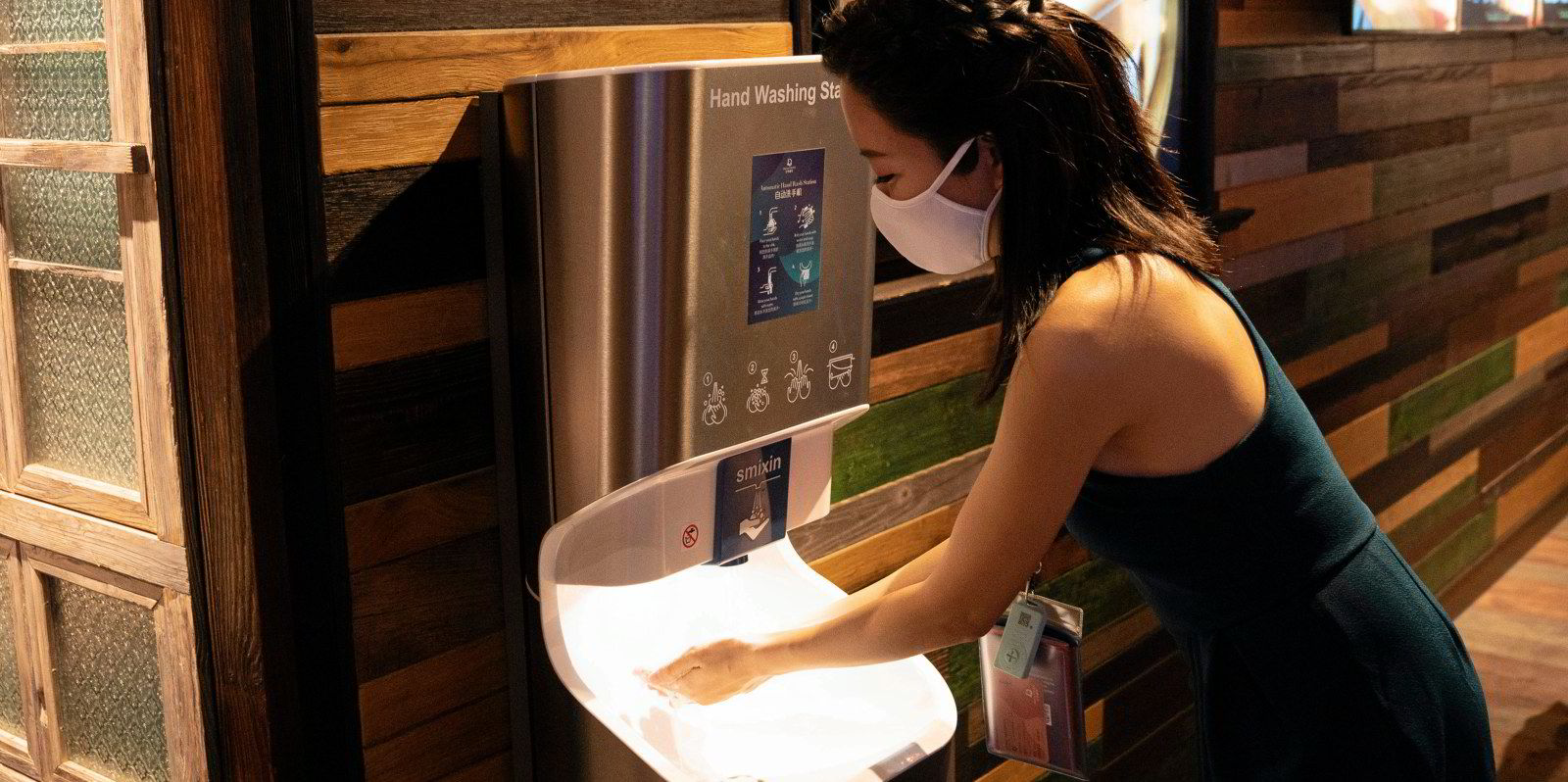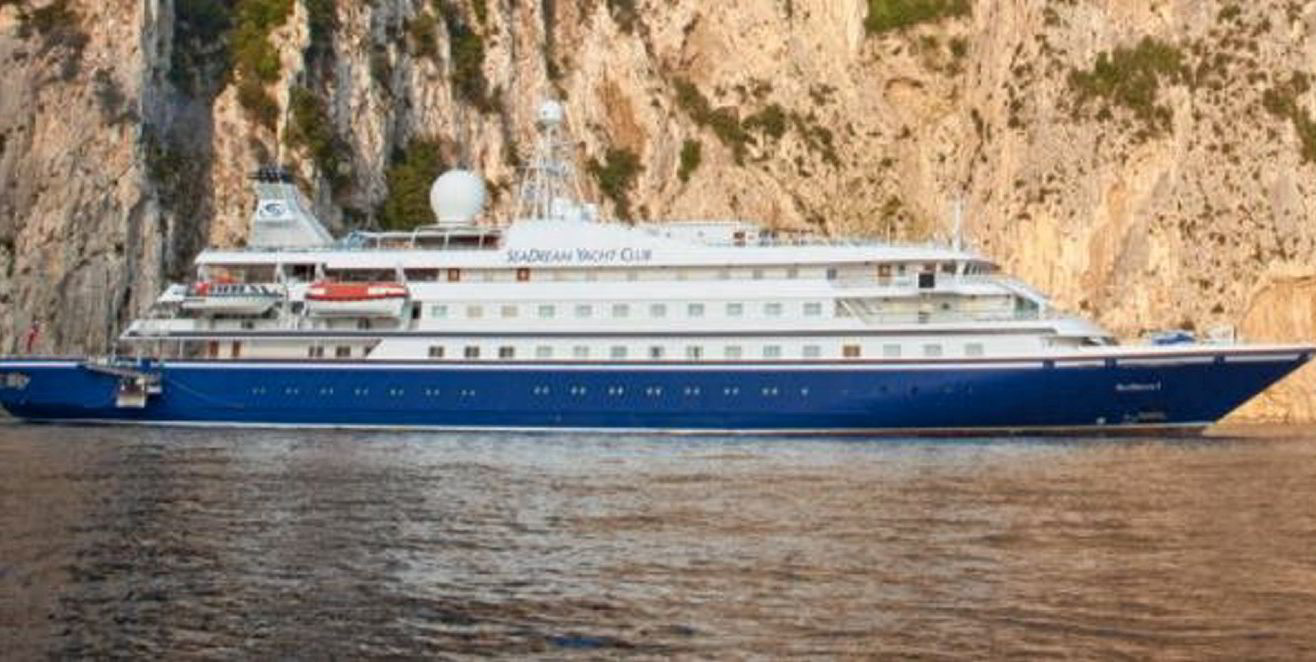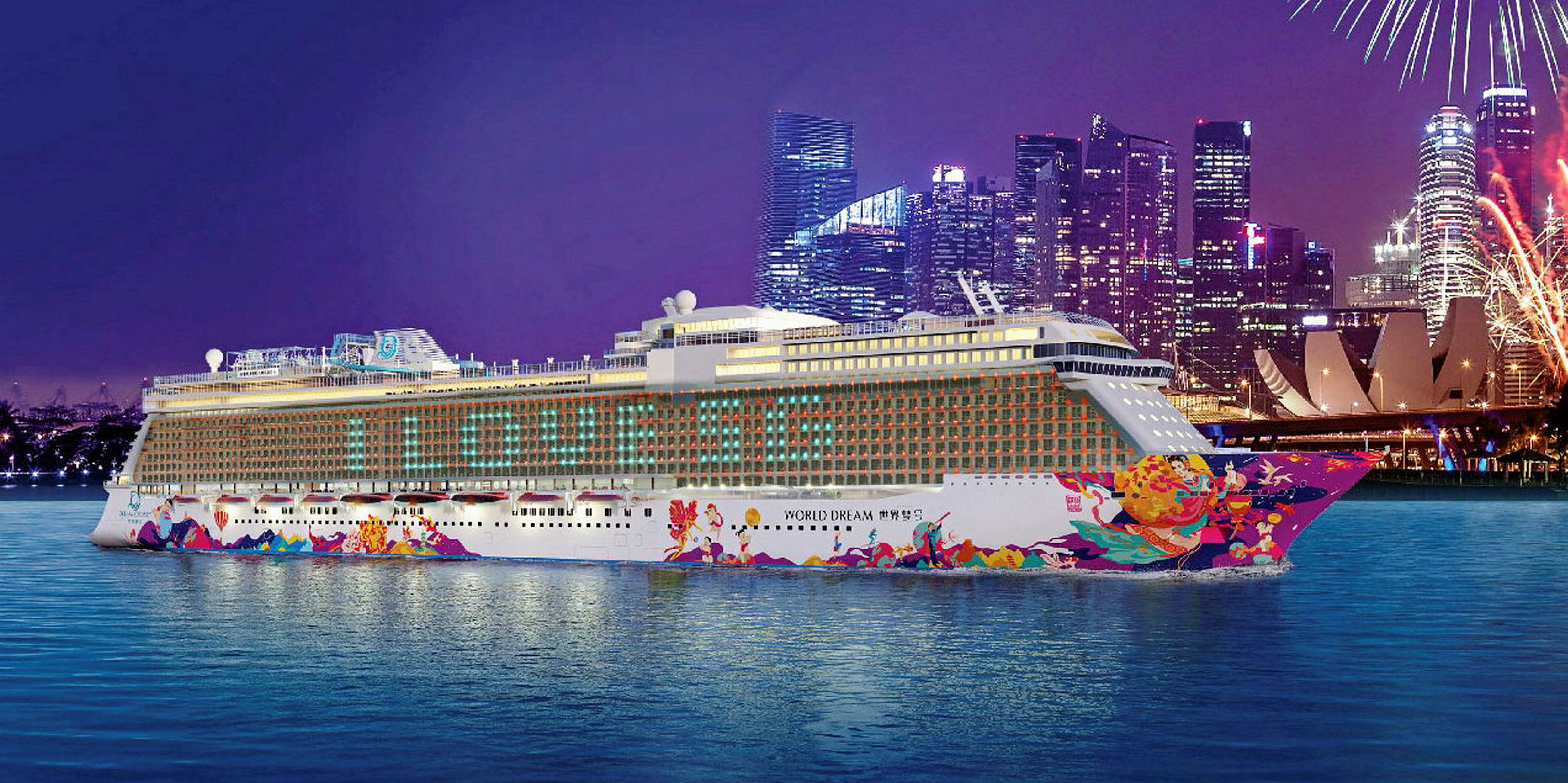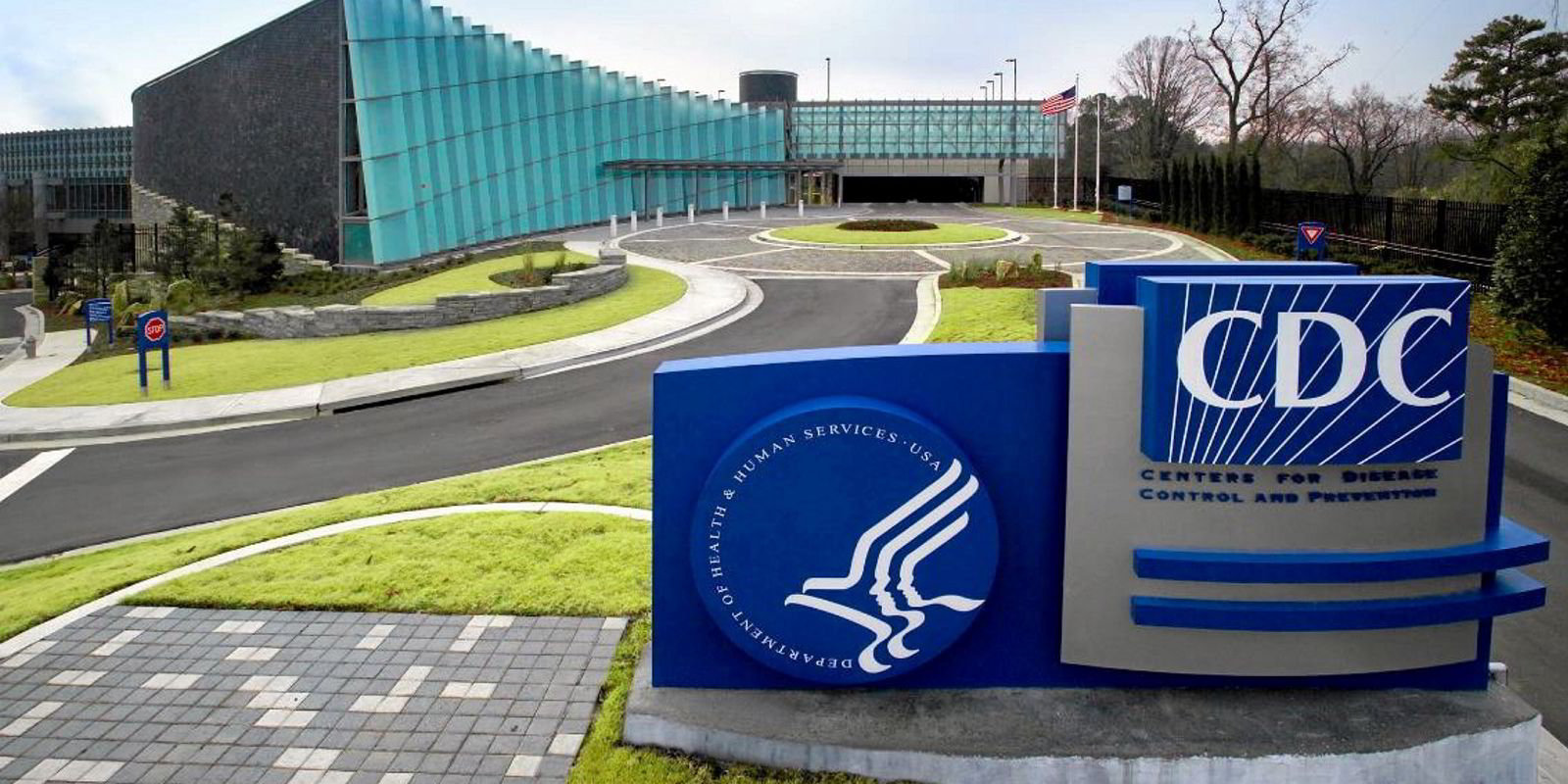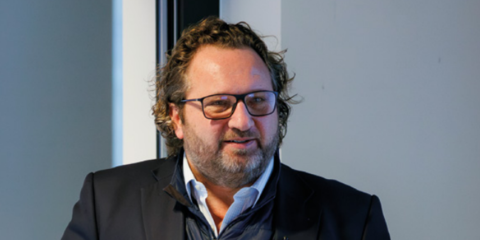The coronavirus pandemic has written a riches-to-rags story for cruise shipping in 2020, devastating one of the industry’s brightest stars.
High-profile outbreaks, no-sail orders and lockdowns have claimed the scalps of some smaller brands, while dramatically reversing the fortunes of the most mighty players.
Revenues fell between 85% and 99% for the three biggest operators in the second quarter, and passenger numbers are expected to plummet from the heights of 30m in 2019 to the very low millions this year.
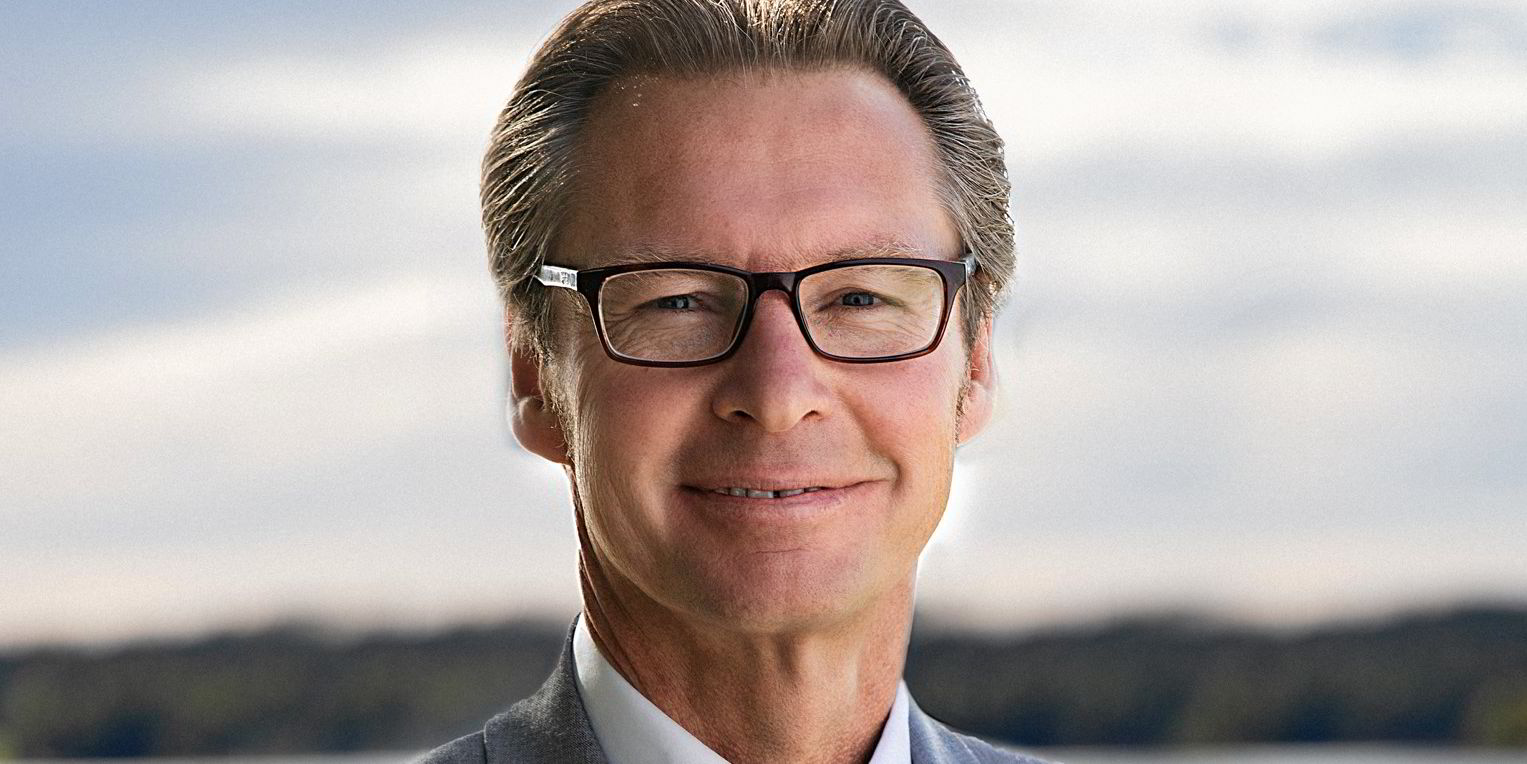
The industry is particularly vulnerable to Covid-19, but I believe the time has come to set sail on a new era.
Nobody expects cruise to instantly bounce back bigger and brighter than before. It has to rebuild confidence — with passengers and authorities — and gradually expand operations with an approach that focuses on safety and the mitigation of infection risk.
Classification can provide a foundation to build on. Standards to deal with healthcare-associated infections — sometimes referred to as hospital-acquired infections — are available relating to infection prevention in the health sector, and this expertise can be transferred to the maritime sector.
If a cruiseship has been inspected, approved and constantly audited to ensure management systems, with routines and risk-mitigation measures to the equivalent standards of a hospital, then confidence can return.
Millions of cruise fans are itching to get back on board but are also concerned about infection. If part of the marketing could focus on trusted hygiene and routines while explaining how that does not detract from the experience, then peace of mind could be brought.
But if safe classification is a cornerstone, is it enough? Probably not.
The pandemic has highlighted that while our world is intrinsically connected, it is also divided. Different countries have adopted very different approaches to combating it. At the same time, evidence suggests the virus takes hold in different places, at varying times and in all sorts of ways.
If part of the marketing could focus on trusted hygiene and routines while explaining how that does not detract from the experience, then peace of mind could be brought
Ports and authorities are eager to demonstrate their commitment to protecting society, and may demand their own standards, creating complexity for operators.
A potential solution is being rolled out in Singapore.
The Singapore Tourism Board has established CruiseSafe — a certification benchmarked against local and global standards and protocols, for which DNV GL was tasked with creating a cruise compliance audit and certification programme. The scheme was built on the expertise of certifying more than 600 hospitals.
Any cruise operator wishing to sail from Singapore has to obtain and maintain a CruiseSafe certificate. This means vessels must sail with reduced capacity, fresh air must be pumped through the ship, testing is mandatory for passengers and crew — who will also face quarantine restrictions — and strict and frequent cleaning and sanitisation protocols must be adhered to.
Inspections and audits will ensure standards are maintained for the duration of the certificate’s validity.
Genting Cruise Lines and Royal Caribbean International are the first companies on board with a CruiseSafe certificate.
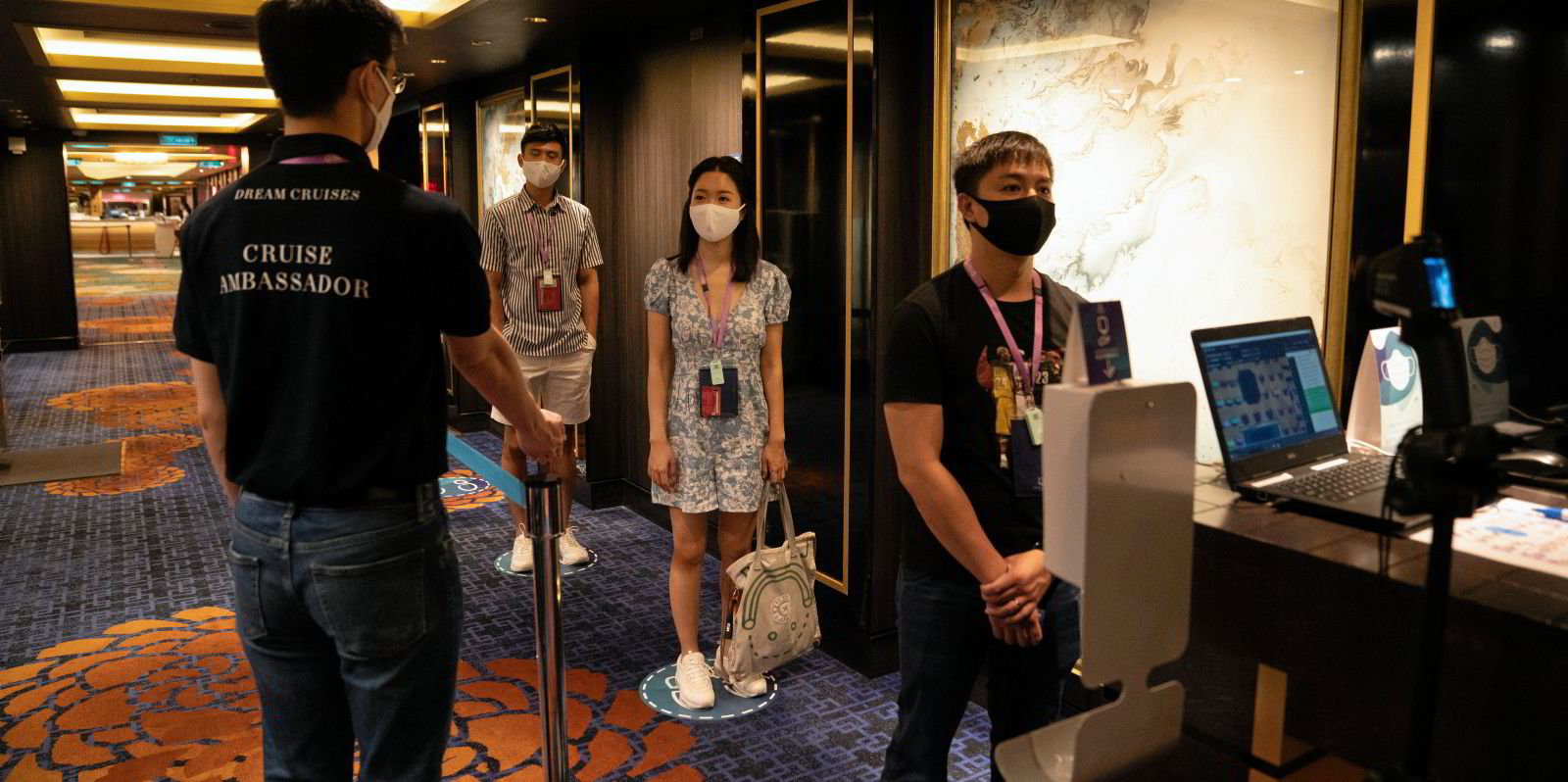
Over the summer, news coverage criticised some operators for trying to start “too early” and arguably without adequate systems in place. The industry cannot afford a repeat. We need a new approach for the new reality.
Let’s not just focus on the companies and their customers; the crews need reassurance too. Hundreds of thousands of seafarers have been consigned to their ships since the start of the crisis, often forbidden to go ashore and separated from loved ones for long periods, with zero agency and little hope.
It is essential that these valued teams can operate with renewed safety, satisfaction and predictability for a return to cruising to feel good.
It may be asking too much to expect a single standard to satisfy all stakeholders, but using health standards compliance programmes as a cornerstone to build on, measures can be tailored to suit any port of call.
As our understanding of Covid-19 grows, so does our ability to mitigate risk, fight it and, eventually, we hope, consign it to the history books. Cruise has the potential to go from strength to strength, but it must do it safely. By adopting local and global requirements, it can make a start.
Knut Orbeck-Nilssen is chief executive of DNV GL Maritime
Do you have an opinion to share? Email: news@tradewindsnews.com(Copyright)
